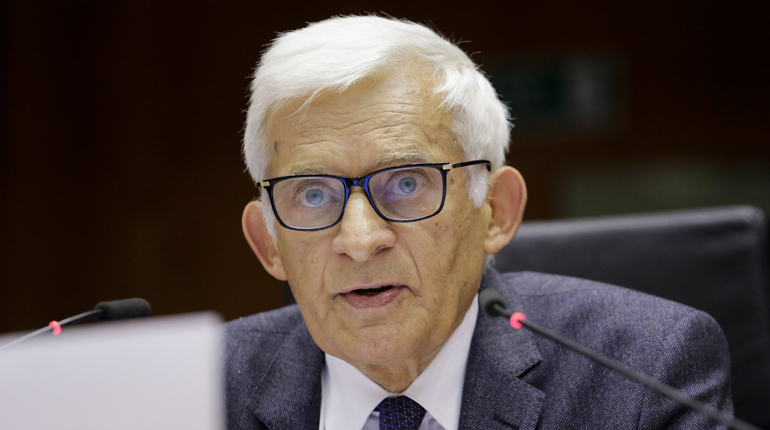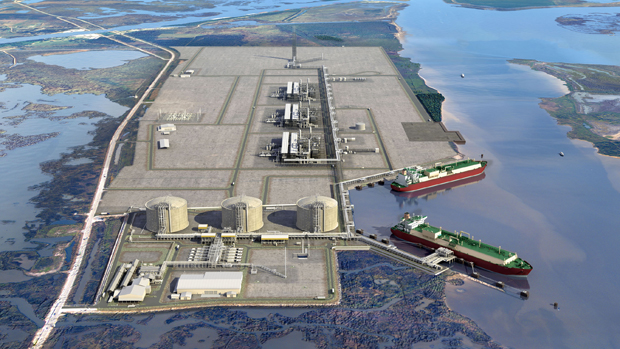Highlights
- Gas-for-power demand in the GCC is rising despite subsidy reforms by several members
- Plans for FSRUs in Egypt and Ghana will further boost the region's LNG imports in 2016
- Prospects for Algerian gas production are dim despite proposed output from In Salah
- Qatari gas and LNG export prices are falling, hurting export revenue
Economic overview
Oil and gas exporters in the Middle East and Africa will continue to tighten their belts and reduce subsidies in 2016 amid low oil, gas and LNG prices.
Saudi Arabia is feeling the strain of low oil prices, announcing cuts to energy subsidies in December 2015 that increased the costs of crude oil, heavy fuel oil, diesel and gas. The country upped the price of the gas feedstock it supplies to power plants, from $0.75/MMBtu to $1.25/MMBtu – although this is still lower than international prices.
Oman will cut its overall spending in 2016 by 11.2% compared with last year, slashing subsidies by 55.6% and oil and gas sector spending by 14.8%. Oman doubled gas prices last year for several industrial and power sector consumers to $2.5-3/MMBtu. Further increases to gas prices are expected in 2016.
Quarterly and annual year-on-year GDP growth rates
| Q1 2015 | Q2 2015 | Q3 2015 | 2016 | 2017 | 2018 | |
| Qatar | 4.1% | 4.8% | 3.8% | *4.9% | *4.2% | *3.6% |
| Egypt | 3.0% | 4.5% | *4.0% | *4.3% | *4.5% | *4.7% |
| Saudi Arabia | 2.3% | 3.8% | 3.6% | *2.2% | *2.9% | *3.0% |
| Nigeria | 4.0% | 2.4% | 2.8% | *4.3% | *4.5% | *4.7% |
| South Africa | 2.2% | 1.3% | 1.0% | *1.3% | *2.1% | *2.5% |
In January, most international sanctions on Iran imposed by the US, the EU, and the UN were lifted, allowing the flow of much-needed foreign investment and technology into Iran’s oil and gas sector. The lifting of sanctions followed the decision by the International Atomic Energy Agency that Iran had abided by an agreement last year with the P5+1 countries to curtail its nuclear programme. However, less comprehensive sanctions by the US over Iran’s missile programme will be maintained.
Iran expects $30-50 billion of foreign investment over the next five years, some of which will go to its upstream sector. The country will also have access to assets held abroad and frozen by the sanctions. Although US companies will not be able to do business directly with Iran, they will be able to do so via their foreign subsidiaries. Tehran claims it will be able to boost oil exports by 500,000 b/d within weeks, with potential for further increases in the coming months. GGA expects Iran’s marketed gas production will increase by 3.8% on an annual basis in 2016 – to 187.1 billion cubic metres.



